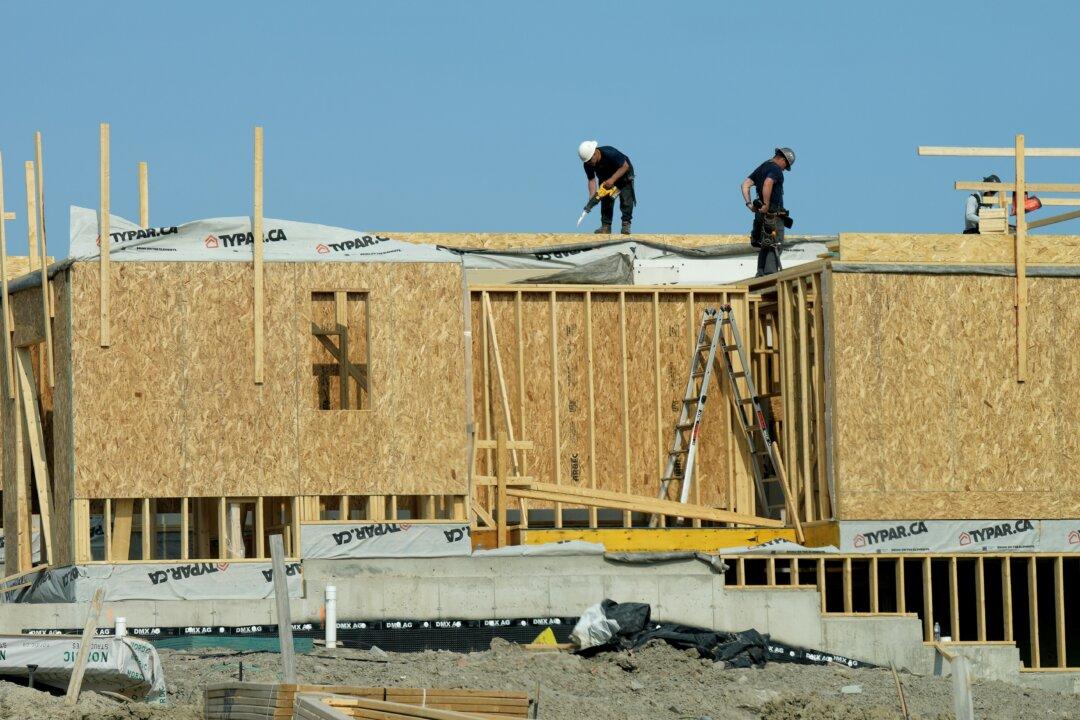Commentary
Housing is a big issue for Canadians. Even though house prices fell slightly after the pandemic, it’s still tough for young families to find and afford a home.

Housing is a big issue for Canadians. Even though house prices fell slightly after the pandemic, it’s still tough for young families to find and afford a home.